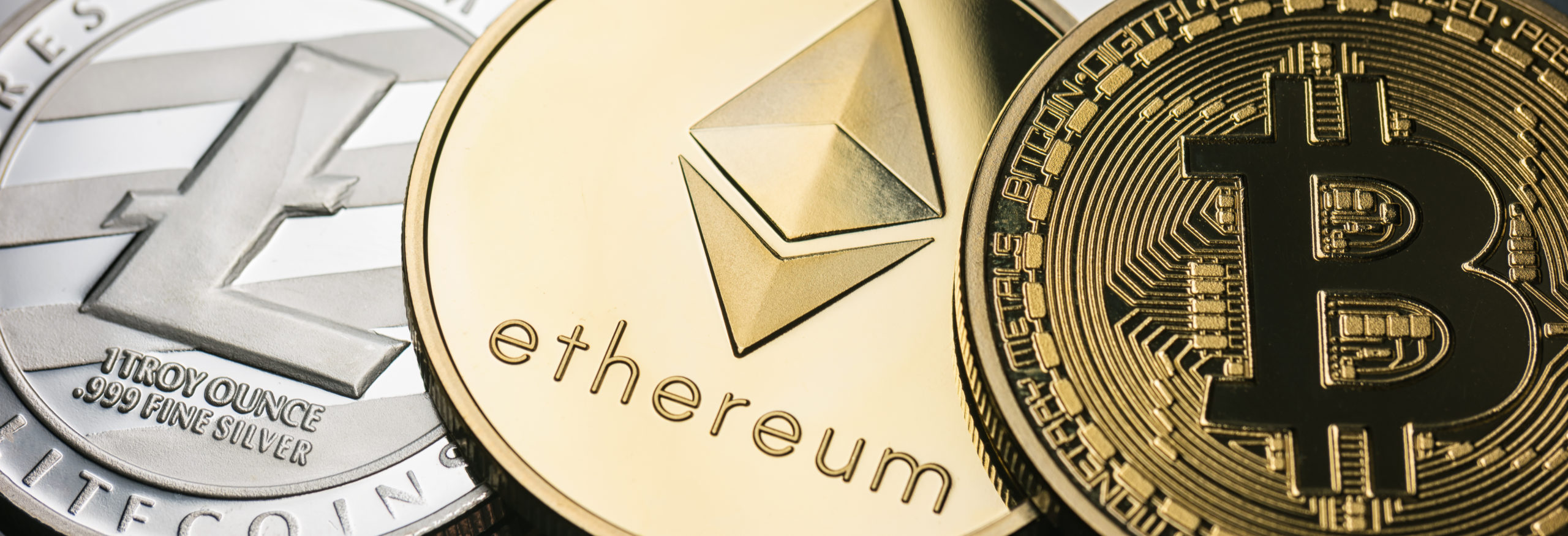- People
- Expertise
Our expertise
We are a team of more than 500 professionals, with the depth of experience which makes us genuine experts in our fields. Together, gunnercooke’s people have strength across just about every corporate discipline and sector. We provide legal, commercial and strategic advice that delivers real value to the clients we work with, which span from multinational enterprises through to unicorns and non-for-profit organisations. Our breadth of expertise covers some of the most interesting and important emerging disciplines, from ESG and charity law, to blockchain and competition.
Search by practice areaDispute ResolutionDispute Resolution OverviewMeet the Dispute Resolution TeamIntellectual Property DisputesFinancial Services & FinTech OverviewProceeds of CrimeEmployment TribunalTax InvestigationProperty Dispute ResolutionInsolvency DisputesMediationCivil Fraud & Asset TracingHealth & SafetyBusiness Crime & InvestigationsLitigation & ArbitrationInternational Arbitration - International
International Offices
The gunnercooke group has 15 main global offices across England, Scotland, the US, Germany and Austria, with further plans for growth in the coming years. These offices enhance the existing in-house capability of our dedicated international teams and dual-qualified experts that cover Spain, France, Italy, Portugal, Brazil, China, India, Poland and Hungary. Our team have clients across 123 jurisdictions, speak 46 languages and are dual-qualified in 21 jurisdictions. Our expertise means we can offer large teams to carry out complex cross-border matters for major international clients.
- Our story
Our story
gunnercooke is the fastest growing corporate law firm in the UK, now making its mark globally. We comprise a rapidly growing number of experts spanning legal and other disciplines. Clients benefit from flexible options on fees to suit their needs, access to a wider network of senior experts throughout the relationship, and legal advice which is complemented by an understanding of the commercial aspects of running a business.
- Reading Room
- News & Insights

Token Financing: What do I tell token acquirers about when and how they can sell their investment?
All investors who hold classic equity stakes in a company know how to sell their investment: They have to find a buyer for their investment themselves, if necessary through the involvement of a sales agent (and in doing so observe possible sales restrictions – reservations of consent, rights of first refusal, drag-along, tag-along rules, etc.).
Token financing offers new possibilities: I can have my token listed on a so-called DeFi token exchange and use it to sell my investment via the token exchange. What is a DeFi token exchange?
DeFi stands for “decentralised finance”. The corresponding marketplaces have seen exponential growth in recent months, with more than USD 100 billion in capital now tied up there.
DeFi exchanges operate in a similar way to a traditional order book exchange, matching buyers and sellers. However, a DeFi exchange does not require a counterparty (another trader) on the other side to make a trade. Rather, the buyer (or seller) enters into a two-sided contract with the so-called pool that contains the pair of tokens they are looking for, namely the respective utility, security or investment token (hereafter “target token”) and, we assume here, a payment token. Each purchase (or sale) contract results in a small upward (or downward) price change, which is determined via an algorithm. That is, each demand for the target token leads to a small price increase for the next buyer of the target token. Conversely, the sale of the target token into the pool leads to a price reduction calculated by the underlying algorithm. So there is no conventional matching between the price expectations of a buyer and a seller. Rather, everyone looks at whether they want to buy or sell at the respective price offer of a pool with the relevant target token. This leads to a fully automated and highly efficient – decentralised – execution of market transactions.
The end result is that price formation leads to orders of magnitude comparable to those on the classic order book exchange, because here as there, buyers and sellers only conclude contracts if the price is in the order of magnitude acceptable to each of them.
But in contrast to the classic order book exchange, capital can be injected flexibly. Because anyone, not just the big banks, can act as a so-called market maker: Anyone can add liquidity to the pool by inserting the target token and the payment token into the pool at the respective price, thus becoming a so-called liquidity provider. A liquidity provider earns on the swap fees for each transaction in the pool, but usually, the DeFi exchange gives additional benefits. As a result, this structure is the main reason for the exponential growth of DeFi exchanges.
While the DeFi exchanges have not been accessible for “participation tokens” so far, because these are subject to a licensing obligation as so-called security tokens, the first DeFi exchanges are currently being established with the necessary licenses for trading with security tokens. This offers a listing option and thus an exit option for investors at a fraction of the cost compared to listing on a classic exchange, as well as the possibility to flexibly start with a small pool to test the market.
Consequence: It makes sense to consider this alternative when raising capital because additional exit options are of great importance to investors.
Contact our specialised team of DeFi and blockchain experts. From our highly topical advisory practice, we can provide concrete help.



